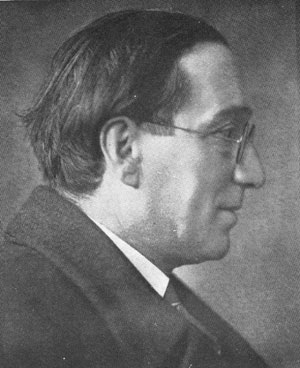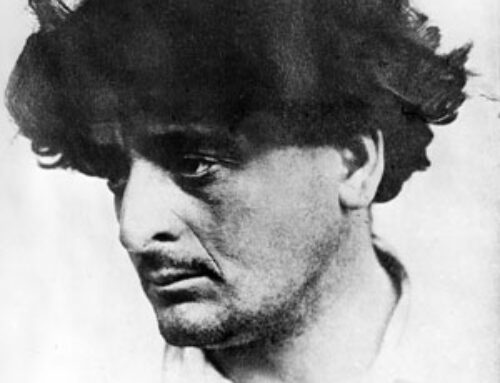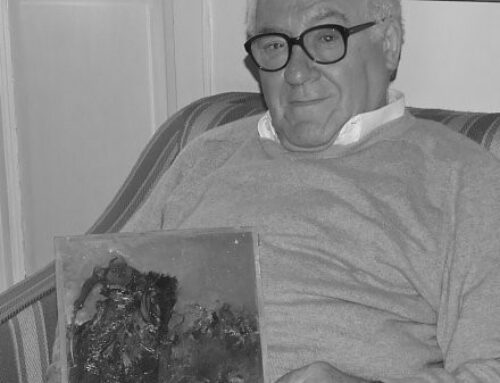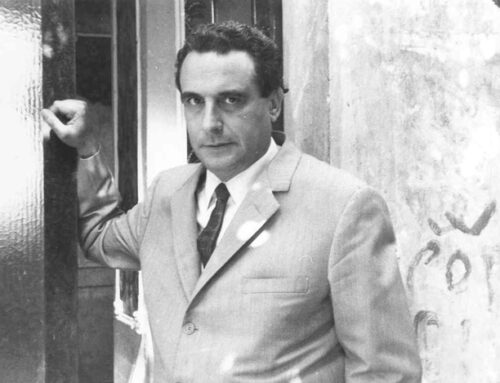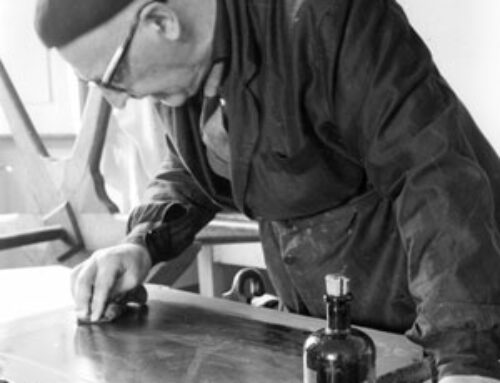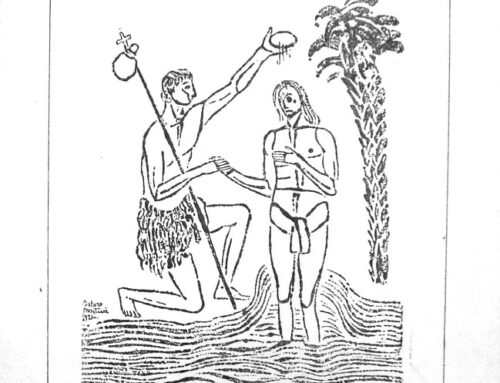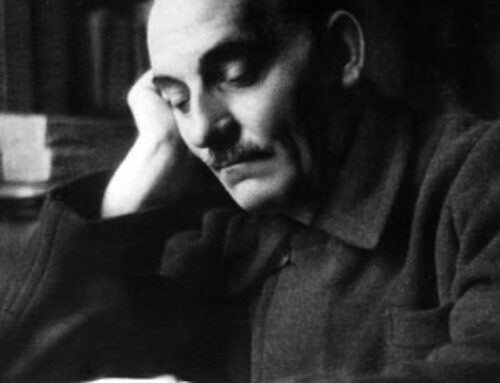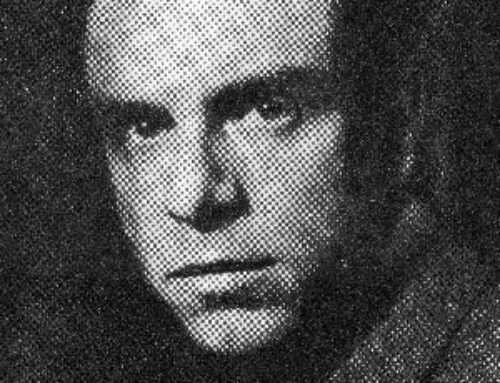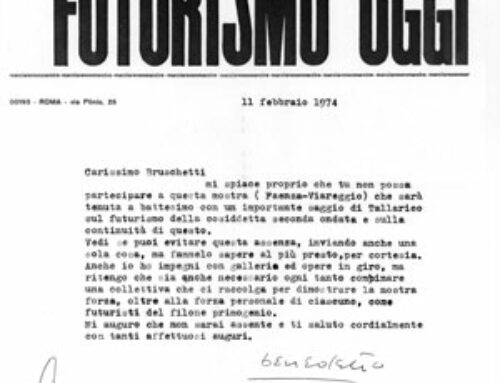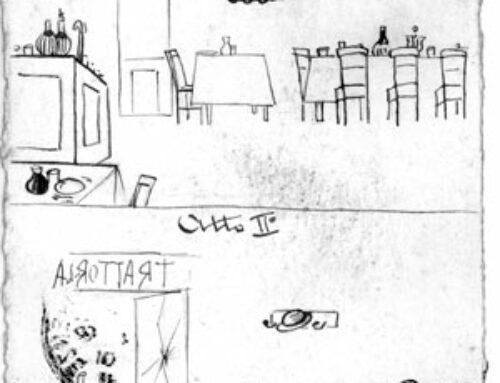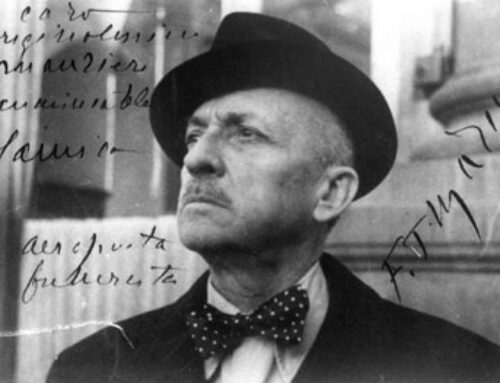(Figline Valdarno, Arezzo, 1878 – Prato, 1930), poet and prose writer, attended high school in Arezzo and began high school studies in Firenza but, due to his family’s financial difficulties, continued as a self-taught student. He taught at various colleges and wrote his first books of verse (“Heptacord,” 1907, “Serene Songs,” 1909, “Spring Swirls,” 1910, “Beyond Sorrow,” 1911). Abandoning teaching, he devoted himself to journalistic activity first as editor of the Florentine “Fieramosca” then of the Bologna “Giornale del mattino” on which he became a spokesman for interventionism, aligning himself with the positions of the Florentine Futurist group. He became friends with Palazzeschi, Papini and Soffici espousing of futurism the less rhetorical and lofty aspects to the benefit of a renewed ability to immerse himself in the time contemporary to him. In 1916, in Bologna, he founded with Francesco Meriano the magazine “La Brigata” where the verses that would later be collected in “La via della ricchezza,” his most significant work, published by Vallecchi in 1919, appeared. Fascism saw him at first among its followers, but the killing of Matteotti (1924) distanced him from the prevailing ideology and consigned him to a cultural isolation also accentuated by a series of family misfortunes. After his death his poetic production was collected in the volume “Poems” (1934) with an introduction by Soffici. Also posthumous is the collection of essays, “Antiques, Moderns and Other” (1941).
The Bino Binazzi Fund is divided into the following sections: Correspondence, which collects letters sent to Binazzi from various correspondents including Soffici, Papini, Carrà, Viani, Svevo, Rosai, Saba, Raimondi, Prezzolini, Meriano, Maccari, Campana, De Chirico, Aleramo, and De Pisis; Manuscripts, attributable mostly to Binazzi’s poetic texts that flowed into the various collections, including some unpublished ones, and to the writing of prose of various genres (novellas, essays, reviews); Library, a collection of volumes related to futurism, mostly first editions among which are several volumes by Soffici (“Arthur Rimbaud,” Quaderni della Voce, 1911; “Harlequin,” Edizioni di Lacerba, 1914; “Giornale di bordo,” Libreria della Voce, 1918; “Primi principi di un estetica futurista,” Vallecchi, 1920; “Medardo Rosso,” Vallecchi, 1929); Periodicals, with “La rivista letteraria,” Rome, Series I, vol. 2 (May 1920); Miscellaneous, which collects printed materials of different kinds (clippings, drafts, articles, advertisements).

